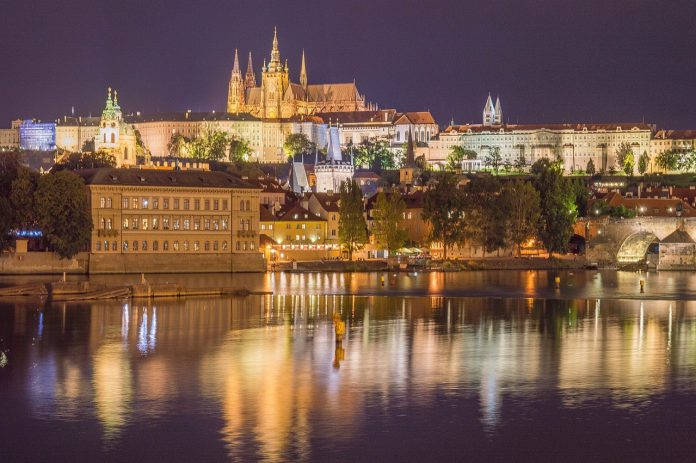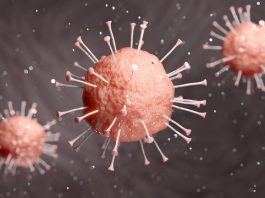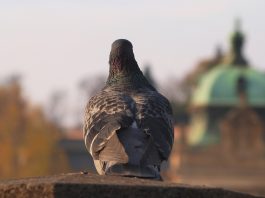Prague Castle is the Czech most significant and simultaneously one of the most important cultural institutions. According to the Guinness Book of World Records, the Prague Castle is the biggest coherent castle complex on the world. It covers an area of almost 70 000 square meters and is registered in the United Nations Educational, Scientific and Cultural Organization (UNESCO) as well.
According to archaeological surveys and the oldest written records, the Prague Castle was found around 880 by the duke Bořivoj from the house of Přemyslides. It was fortified with a moat, it must have been well protected. St Mary´s Church was the first stone building that was built here at the end of the 9th century. In about 920, duke Vratislav I built the second church dedicated to St George and not long after that, the Rotunda of St Vitus was built by Wenceslas, who was assassinated in 935. During the 10th century it had its appearance as we know it today. An important development came in the 12th century when the Přemyslides started their living here. The buildings were increased and in the end the Prague Castle included the Royal Palace. Unfortunately, the Castle was destroyed by a storm in 1280 and during the reign of John of Luxembourg was neglected.
The Prague Castle experienced the biggest prosperity in the 14th century under Charles IV reign. He has been educated at the court of France and brought a glory to the Castle by building a new Royal Palace and Cathedral that complemented flourishing city. His son Wenceslas IV continued his intentions. Next ruler who improved the Castle complex was Vladislav II Jagellonsky. New fortification by Benedikt Ried was built and some new buildings. Then the Hapsburg family designed it with Renaissance elements, they added the gardens, enlarged the buildings. After that Rudolf II changed it into dignified and magnificent residence.
The last reconstruction came in the second half of 18th century under Maria Theresa, the Castle was changed into representative site. In 1848, Ferdinand V chose the Castle as his personal residence. The completion of St Vitus Cathedral was finished in 1929. In the 20th century, the Castle was chosen as the residence for the President and was adapted for this purpose by Josip Plečnik.
The Castle has three possible entrances, from the Hradčany Square, from the North Gate and from the East Gate, and also three courtyards. The building, which abounds in glory, is St Vitus Cathedral. It has a long history – St Wenceslas built the first Romanesque Rotunda, but the cathedral itself was constructed in 1344, when Charles IV commissioned a French architect, Mathieu d´Arass, to build a new Gothic cathedral. His work continued Petr Parléř. The Renaissance dome was built in the 16th century. In 1872, Joseph Mocker continued the work, the Cathedral with today´s appearance was then finished in 1929, a thousand years after St Wenceslas death. There are housed the Crown Jewels and the relicts of St Wenceslas, the saint patron of Bohemia, in the well-known Chaple of St Wenceslas.
Hradčany Square offers you unrepeatable view of huge amount of Baroque palaces as the Archbishop´s Palace, Martinitz Palace, Tuscan Palace or the National Gallery (Schwarzenberg Palace, Sternberg Palace). As for the sculptural decoration, you can see the Statue of St Wenceslas, Marian Plague Column, Statue of T. G. Masaryk or the sculpture Clash of the Titans.
Another interesting place to visit when you are in the Prague Castle area is the Golden Lane. It´s a picturesque and romantic aisle full of little houses with beautiful colored façade that gives you an example of how the alchemists from the Rudolph II´s period used to live.
Book your private Segway tour



